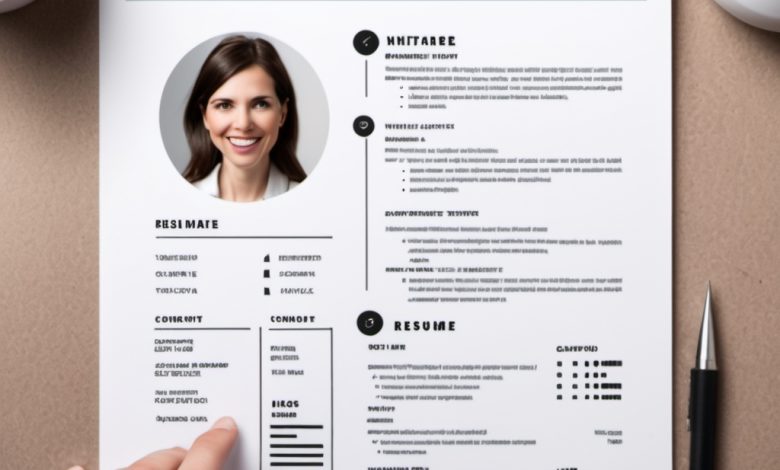
Crafting a Standout Resume: Tips and Common Mistakes to Avoid
In today’s competitive job market, your resume is your first impression on potential employers. It’s your marketing tool, showcasing your skills, experience, and why you are the best fit for the role. Yet, many job seekers overlook critical aspects of resume writing, leading to missed opportunities. This post will guide you through crafting a standout resume and help you avoid common pitfalls.
How to Craft a Resume That Stands Out
1. Tailor Your Resume for Each Job Application
One of the most effective ways to make your resume stand out is to tailor it to each specific job. This means highlighting the skills and experiences most relevant to the position you’re applying for. Start by reviewing the job description and integrating keywords and phrases seamlessly into your resume. This customization shows employers you’ve put effort into your application and understand the role.
2. Use a Clean and Professional Format
The design and format of your resume play a vital role in its readability. Stick to a simple, professional layout with clearly defined headings for each section. Use bullet points to list your achievements and responsibilities as they are easier to scan than blocks of text. Choose a standard font like Arial or Times New Roman and keep the size between 10 and 12 points. Remember, less is more; whitespace is your friend.
3. Include Quantifiable Achievements
Employers want to see results. Wherever possible, include quantifiable achievements to illustrate your impact. Instead of saying “managed a team,” say “managed a team of 10, increasing sales by 20% over six months.” Numbers provide concrete evidence of your contributions and effectiveness.
4. Highlight Your Skills
Make sure to have a dedicated skills section on your resume. Consider both hard skills that are job-specific and soft skills like leadership and communication. Align these skills with those emphasized in the job posting to underscore your qualifications.
5. Keep It Concise
Generally, your resume should be one page unless you have extensive experience; then, two pages are acceptable. Hiring managers often scan resumes quickly, so prioritize the most important information. Focus on relevant experience and skills that directly relate to the job.
Common Resume Mistakes and How to Avoid Them
1. Spelling and Grammar Errors
Spelling and grammar mistakes can make you seem careless. Use spell check tools and also proofread your resume several times. It may help to have someone else review it as well, as a fresh eye can catch errors you might have missed.
2. Including Irrelevant Information
Avoid including details that do not directly support your application for a specific job. This includes old, unrelated jobs or excessive personal information like hobbies unless they are relevant to the job.
3. Using an Unprofessional Email Address
Ensure you are using a professional email address in your contact information. Ideally, it should be a variation of your name, such as [email protected], not [email protected].
4. Lying or Exaggerating Information
It might be tempting to embellish your qualifications, but dishonesty can cost you the job, either during the application process or after you’ve been hired. Employers often conduct background checks, and any discrepancies can damage your credibility.
5. Excluding Important Sections
Ensure your resume includes all essential sections: Contact Information, Summary or Objective, Experience, Education, and Skills. Some roles might also benefit from including sections for certifications, awards, or volunteer work.
Final Thoughts
Crafting a standout resume requires attention to detail, customization, and honesty. Avoiding common pitfalls can significantly increase your chances of landing that coveted interview. Remember, your resume should reflect not just your past but your potential for the future role. Invest the time to make it shine, and it will serve as a powerful tool in your job search arsenal.
With these guidelines, you’ll be well-equipped to create a resume that captures employers’ attention and helps you stand out in the applicant pool. Happy job hunting!





